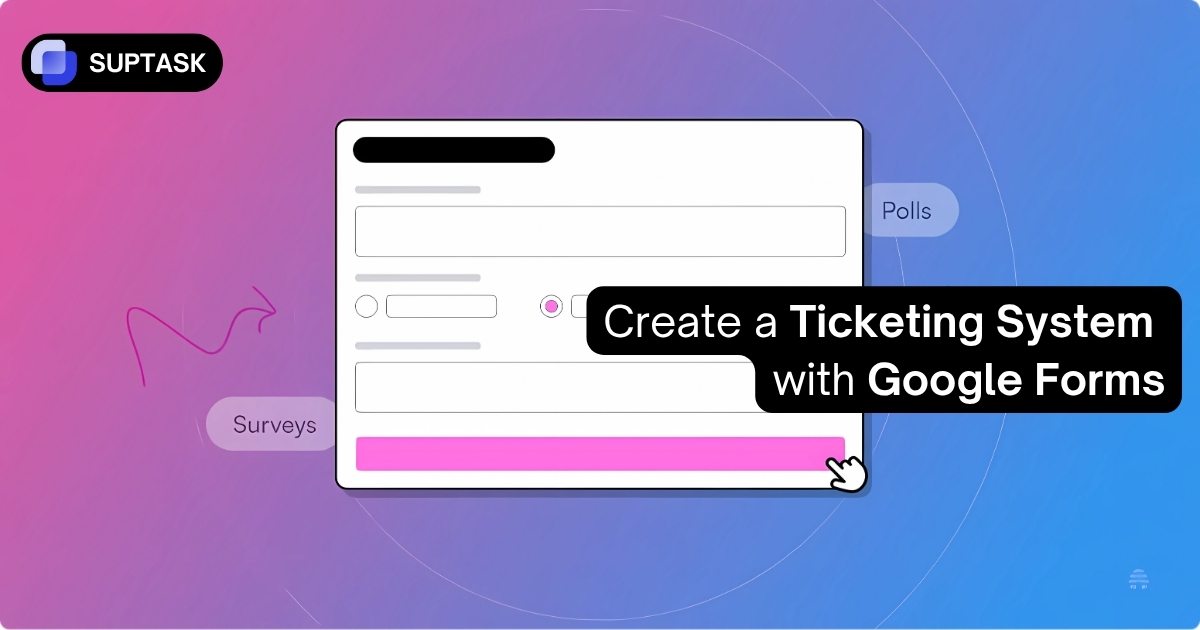Struggling with technical issues? A troubleshooting methodology can help. Understand the step-by-step process to diagnose, test, and resolve problems efficiently.
Key Takeaways
- Troubleshooting starts by accurately identifying the problem using tools and sources, an essential step for effective resolution.
- Establishing a probable cause through systematic elimination streamlines troubleshooting, focusing on the most likely solutions.
- Verifying full system functionality after implementing a solution ensures resolution, while documentation supports future troubleshooting efforts.
1. Identifying the Problem
.webp)
The first and most crucial step in troubleshooting is accurately identifying the computer issue.
A thorough comprehension of the complication ensures that appropriate solutions are implemented effectively.
Critical details about the problem can be procured from various sources:
- Incoming phone calls;
- Support tickets logged via help desk systems, with insights aligned to industry help desk metrics;
- Electronic mail communications;
- Log files examination.
Using a trouble ticket system tool like Suptask, which operates directly within Slack, makes it even easier for teams to log, track, and manage issues in one place.
By centralizing troubleshooting requests, Suptask helps IT professionals quickly gather essential details, organize responses, and ensure efficient problem resolution with Slack tickets.
When addressing hardware-related anomalies within a system, there are many diagnostic tools to help:
- Device Manager: Evaluate device status and pinpoint possible faults.
- Task Manager: Reveal which applications are excessively taxing on system resources.
- Event Viewer: Analyze system logs for error messages and warnings.
These software instruments give you a real-time glimpse into potential red flags affecting your computer's operation.
Monitoring outcomes generated from Power On Self Test (POST) routines during startup phases also confirms normal operations across all crucial hardware components.
It is imperative to conduct regular sweeps for malicious software infiltrations, which could significantly lessen performance levels.
Grasping the problem early is crucial since defining problems lays the groundwork for troubleshooting efforts, which aim to create accurate solutions while avoiding unnecessary steps.
2. Establishing a Theory of Probable Cause
.webp)
Once you've identified the problem, the next step is establishing a probable cause theory.
This involves formulating an educated guess based on the observed symptoms and data gathered.
When implementing troubleshooting methods, consider the following:
- Compile a prioritized list of possible culprits;
- Address easier possibilities first before escalating to more complex hypotheses;
- Utilize resources such as vendor documentation or expert advice;
- Formulate a checklist specific to the troubleshooting task at hand.
As new information surfaces throughout the diagnosis and repair stages, it's essential to reevaluate initial assumptions accordingly.
Embracing a structured but adaptable framework allows for the incorporation of fresh insights into ongoing efforts—a fundamental aspect of ensuring effective resolution procedures are maintained consistently.
3. Testing the Theory
.webp)
After establishing a theory of probable cause, it's time to put it to the test. This step involves developing potential solutions informed by careful analysis of data.
When conducting tests to validate your theory, keep the following points in mind:
- Refrain from altering configurations unless you’re confident that a solution is correct;
- For software-related conundrums tied explicitly to networks, utilize tools such as Nmap and Wireshark;
- To address browser issues, employ methods like activating Incognito/Private Mode or deactivating extensions.
Maintaining documentation throughout this stage is essential for clear communication and ensuring everyone involved stays updated during complex troubleshooting scenarios.
It also helps to verify whether the theory holds water—should it fail to resolve the problem at hand, improvement of your hypothesis may be necessary, or alternative possibilities that could explain the issue may be considered.
4. Developing and Implementing a Plan of Action
.webp)
Identifying a potential solution after testing your hypothesis is part of the IT incident management process, which requires executing a clear action plan.
Formulating a strategy before any changes is crucial, especially when extensive downtime is involved.
Consider the following steps when developing your plan of action:
- Establish how to approach the problem, factoring in all possible consequences;
- Secure approval from IT personnel if necessary;
- Formulate a contingency plan that allows for reverting settings to their original state;
- Conduct tests on modifications within a staging environment to avoid complications within live production systems;
- Incorporate measures designed to prevent future instances of similar problems post-validation;
- Document intricate processes and commands to maintain an accurate log of executed actions.
When addressing issues that span multiple servers or devices, it's essential to consider the broader impact of your actions.
Always prioritize data integrity and system stability when implementing solutions.
5. Verifying Full System Functionality
.webp)
After implementing a solution, ensuring the system operates fully is necessary.
This step confirms that all system parts are working correctly following the repair.
To effectively verify full system functionality:
- Engage end users in this phase, as they can offer prompt feedback on any issues that continue to exist;
- Conduct rigorous testing and validation on identical devices using the same operating system and settings;
- Check for any unintended consequences or new issues that may have arisen as a result of the implemented solution;
- Verify network connectivity and ensure all network-related issues have been resolved;
- Test specific applications that were previously experiencing problems.
Remember, overlooking functionality verification could miss additional underlying issues requiring resolution. Leveraging best people management software ensures that team members are efficiently engaged during the testing phase, allowing for quick feedback and addressing any further issues swiftly
Following ITSM frameworks ensures the issue is resolved and normal operations resume smoothly.
6. Documenting Findings
.webp)
The importance of meticulously documenting the troubleshooting process cannot be stretched enough.
Proper documentation is a vital resource for others who might encounter similar problems, and it supports reversing any changes if necessary.
Here's why documentation is crucial:
- It helps in spotting patterns that could indicate impending problems;
- Provides legal protection by chronicling all undertaken measures and their outcomes;
- Prevents loss of knowledge regarding effective solutions;
- Simplifies the task of undoing specific actions or system configurations when required;
- Promotes more coherent communication throughout technical support interactions.
When documenting your findings, be sure to include:
- A detailed description of the original problem;
- The steps taken to identify and diagnose the issue;
- The theory of probable cause and how it was tested;
- The implemented solution and its results;
- Any additional observations or insights gained during the process.
7. Start with the Basics
.webp)
A key advice for troubleshooting is to start simple and move toward the complex.
Many issues may have more straightforward causes than assumed, and starting with the simplest solutions can save time and effort.
Here are some basic steps to consider:
- Ensure the device is powered on and check the power cable;
- Reboot the computer or device;
- Close and reopen the problematic program;
- Check for loose wires or connections;
- Verify that the latest driver versions are installed;
- Run a quick virus scan to rule out malware infections.
Keep in mind that sometimes, a quick, easy solution works better than a lengthy research process.
Look into additional troubleshooting possibilities if it doesn't work. It saves time and reduces the chance of causing new problems to start with simple fixes.
FAQs
What is the importance of troubleshooting for IT professionals?
Troubleshooting enables IT professionals to quickly resolve issues, ensuring systems function optimally and improving productivity and reliability.
What is the first step in the troubleshooting process?
Start by identifying the problem through user reports or logs—this step is essential for effective issue resolution.
Why is it important to establish a theory of probable cause?
A systematic approach helps pinpoint probable causes, guiding troubleshooters efficiently through elimination to solve issues effectively.
What should be done before implementing a solution?
Plan a detailed strategy, considering downtime and change management, to ensure a smooth transition with minimal risks.
How can full system functionality be verified after a solution is implemented?
Involve users in testing post-implementation to confirm functionality and identify any remaining issues.













